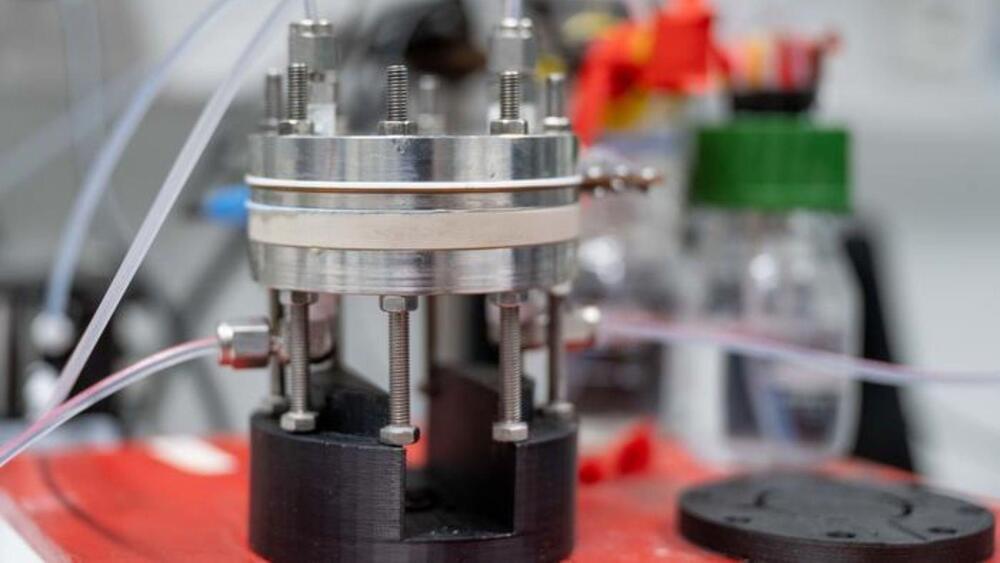CAPE TOWN, Dec 22 (Reuters) — Shipping companies sailing around the Cape of Good Hope to avoid Houthi attacks on the Red Sea face tough choices over where to refuel and restock, as African ports struggle with red tape, congestion and poor facilities, companies and analysts say.
Hundreds of large vessels are rerouting around the southern tip of Africa, a longer route adding 10–14 days of travel, to escape drone and missile attacks by Yemeni Houthis that have pushed up oil prices and freight rates.
The attacks by Iranian-backed militants have disrupted international trade through the Suez Canal, the shortest shipping route between Europe and Asia, which accounts for about a sixth of global traffic.





